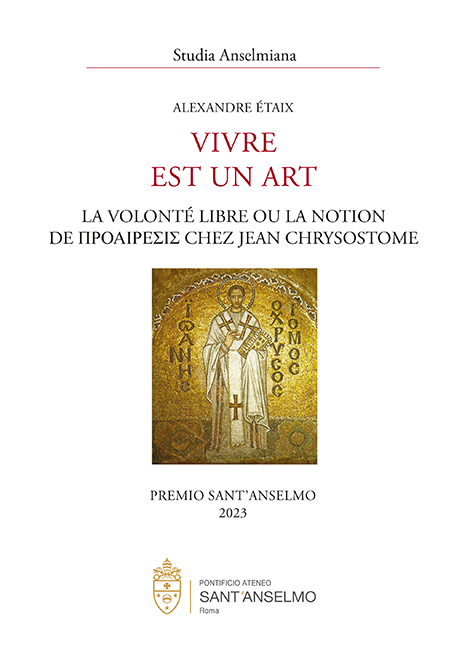 | Pour cerner l’influence chrétienne sur l’évolution du concept de libre volonté, on se réfère habituellement à Augustin d’Hippone. La théologie grecque du IVe siècle propose pourtant une autre figure contemporaine, guère explorée et d’une importance tout aussi considérable pour la tradition chrétienne : l’évêque de Constantinople, Jean Chrysostome (ca. 350-407). L’attention de la présente étude se concentre sur son utilisation de la notion de προαίρεσις. Elle montre l’intégration de ce terme, employé auparavant par des écoles de philosophie, dans son anthropologie théologique. Tandis qu’elle décrit chez Aristote la dynamique d’un acte délibéré puis, dans le stoïcisme, une liberté face à tout déterminisme qui va jusqu’à désigner l’homme lui-même, la προαίρεσις est, chez Chrysostome, le mouvement d’une liberté vécue. Son origine est le noyau de la personne qui, par délégation d’un pouvoir démiurgique, s’engendre elle-même. Son art de vivre, façonné par des choix délibérés, crée alors une œuvre définitive et appelée à paraître devant Dieu. L’analyse de cette notion fondamentale dans un corpus volumineux dévoile une vision qui, moderne avant l’heure, exalte la liberté de l’homme et insiste sur sa responsabilité.
Le livre a reçu le „Premio Sant’Anselmo 2023“ e le „Prix de Lubac 2024“.
 |